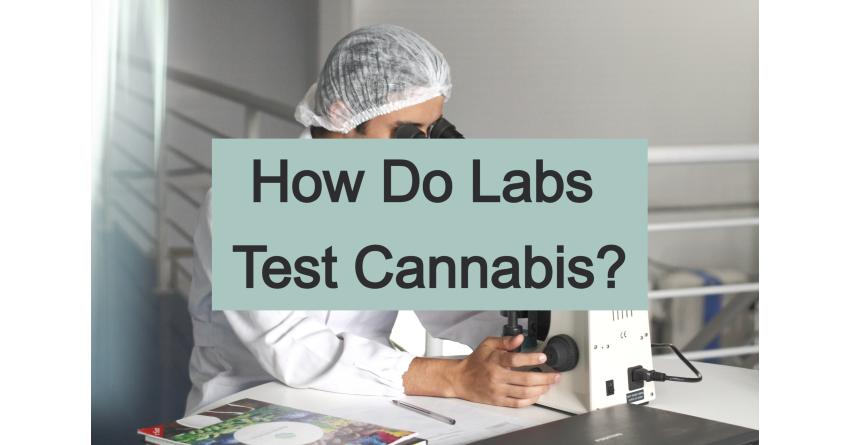How Do Labs Test Cannabis?

Cannabis testing is a crucial process that helps to determine the potency and quality of cannabis plants. The two primary compounds found in cannabis are tetrahydrocannabinol (THC) and cannabidiol (CBD). The potency of cannabis is typically measured as a percentage of these two compounds in the plant. In this blog, we will explore how labs test cannabis to determine the cannabis percentages in the plant.
There are several methods for testing cannabis potency, but the most common is High-Performance Liquid Chromatography (HPLC). This method separates the individual components of a mixture and measures the concentration of each component. HPLC is a sensitive and accurate method that can detect even trace amounts of cannabinoids in a sample.
The first step in cannabis testing is to prepare a representative sample of the plant material. This involves grinding the plant material into a fine powder and then mixing it to ensure that the sample is representative of the entire batch. The sample is then weighed and placed in a vial for testing.
The next step is to extract the cannabinoids from the sample. This is typically done using a solvent such as methanol, ethanol, or acetonitrile. The solvent is added to the vial containing the sample, and the mixture is sonicated to help break down the plant material and extract the cannabinoids. The mixture is then filtered to remove any solid material and is ready for analysis.
The extracted sample is then injected into the HPLC machine. The machine separates the individual components of the mixture and measures the concentration of each component. The machine is calibrated to measure the concentration of THC and CBD, as well as other cannabinoids and compounds found in the sample.
Once the analysis is complete, the lab can determine the percentage of THC and CBD in the sample. This information is important for several reasons. First, it can help growers optimize their cultivation practices to produce plants with desired potency levels. Second, it can help dispensaries and consumers make informed decisions about the products they purchase and consume.
In addition to testing for potency, labs may also test cannabis for contaminants such as pesticides, heavy metals, and microbial growth. These tests ensure that cannabis products are safe for consumption and meet regulatory requirements.
In conclusion, cannabis testing is a crucial process that helps to determine the potency and quality of cannabis plants. HPLC is the most common method for testing cannabis potency, and it involves extracting the cannabinoids from the plant material and analyzing the sample using a sensitive and accurate machine. Testing for potency and contaminants helps ensure that cannabis products are safe and of high quality.










